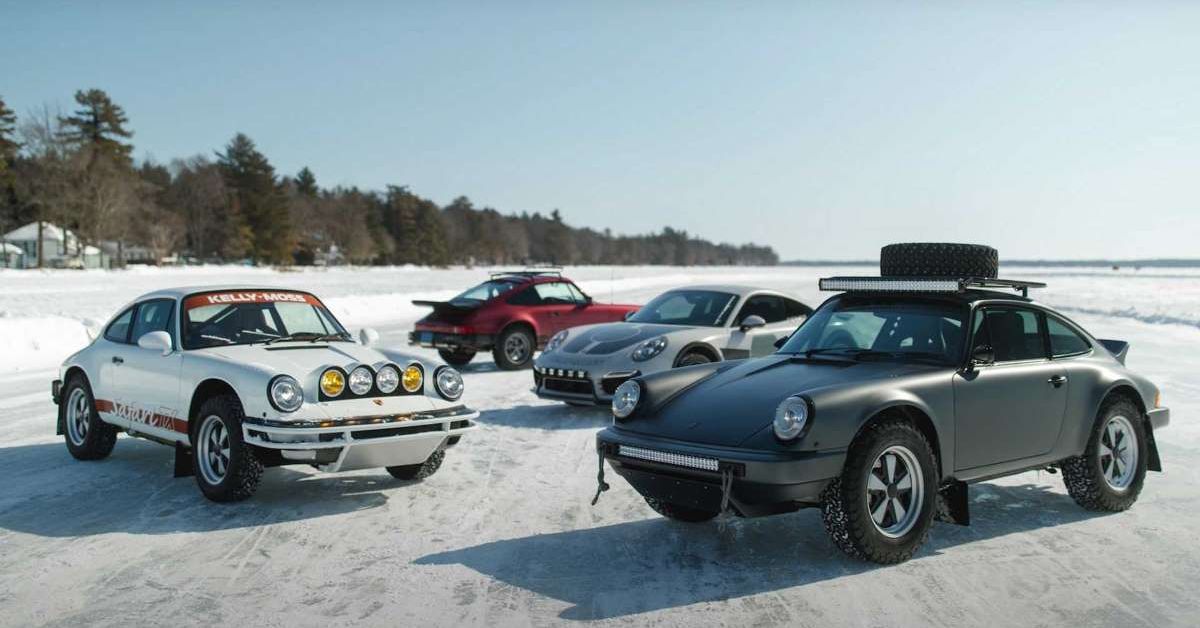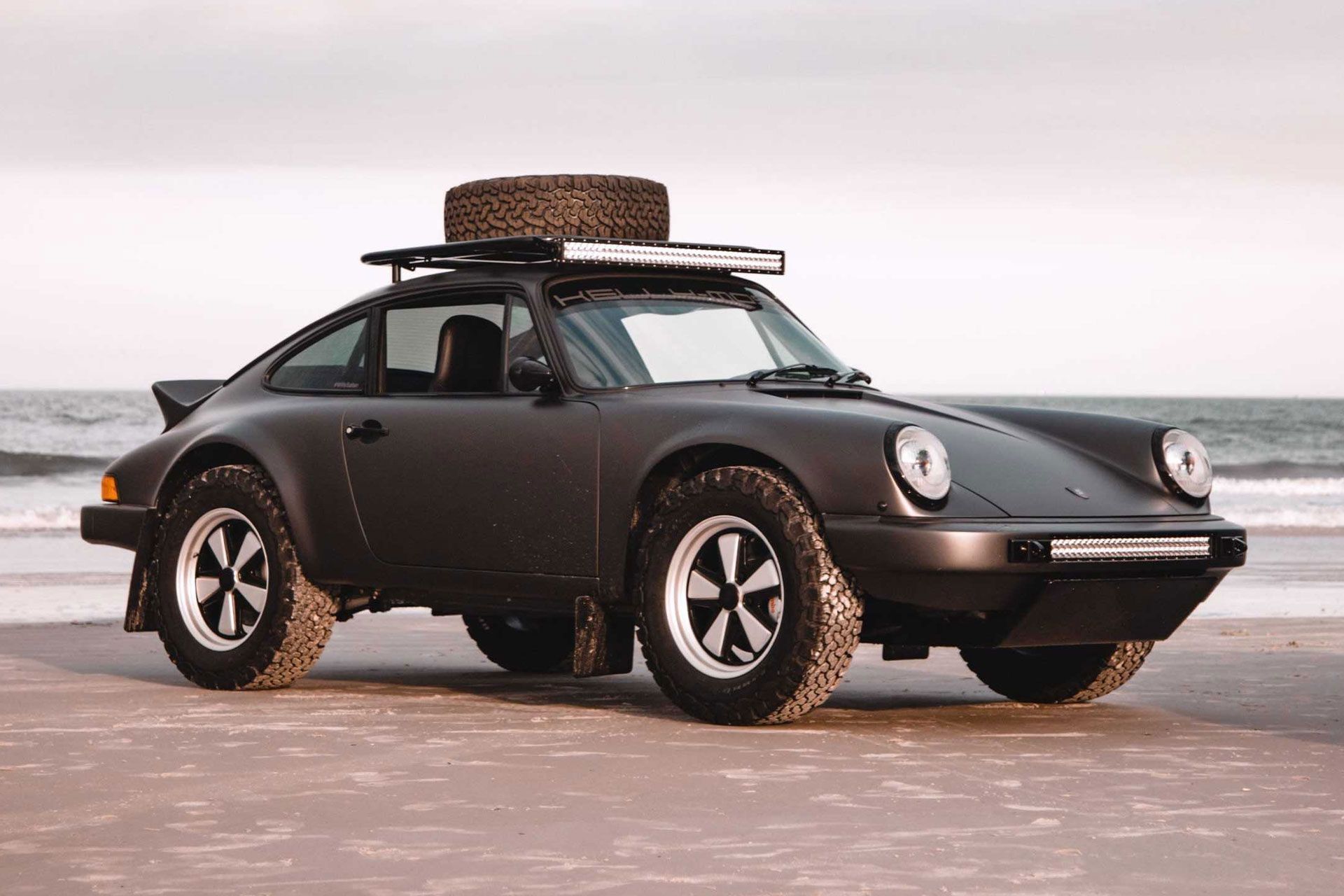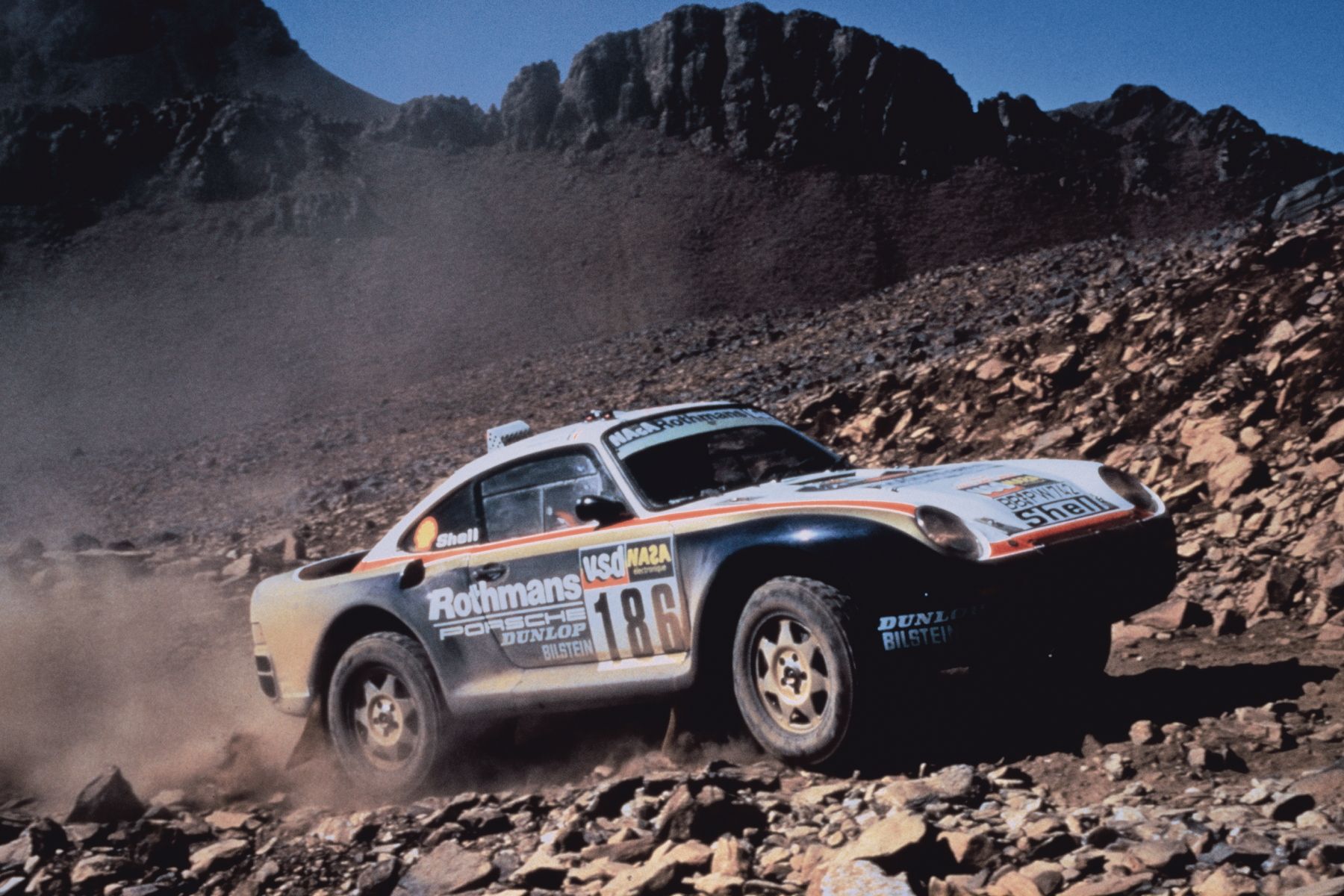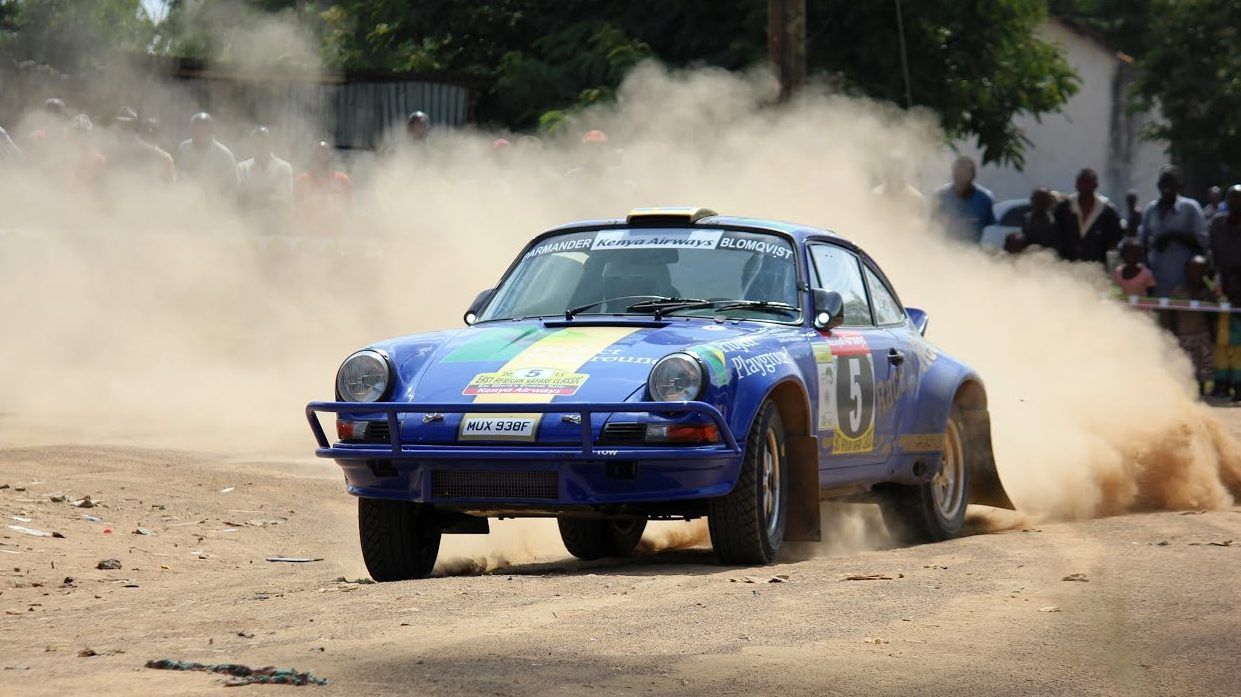When Porsche released the 911 to replace the 356 in 1964, not even the most optimistic fans at Stuttgart or around the world could have predicted that the famous model would still be in production over five decades later. Over many generations and many technological advancements later, the 911's iconic profile and rear-engined layout make it a stalwart and effective sports car to this day.
A brand-new 992-generation 911 might sound like a great way to spend a couple hundred thousand dollars, but so does a meticulously maintained, early air-cooled 911 with its smaller size and stylish design. The fact that values across the 911's history remain impressive is a testament to Porsche's engineering prowess, proving that manufacturers can keep a model relevant by sticking to the original recipe while adding improvements along the way.
But in modern times, the Porsche 911 has acquired another niche culture: the trend of taking a 911 and lifting it, bolting on mud flaps and rally lights, and calling it a Safari 911.
Exploring where the Safari 911 phenomenon began is really taking a walk through the model's entire history.
Going Back In Time
The 911 emerged onto the market in the early-1960s (it was originally called the 901 but that name had to be ditched to keep Peugeot happy) as a more powerful sports car than the outgoing 356, with a new design that took Porsche a step forward into the future. With a pair of cylinders added onto the 356's flat-four (which was very similar to a car designed by Ferdinand Porsche, the Volkswagen Beetle), the 911 entered the market with a low center of gravity and curb weight thanks to its air-cooled flat-six.
The early 911 was yet another car that proved how much more fun driving a lightweight car is than a powerful car and it actually proved itself popular among privateer rally racers of the period, competing against the likes of the Alpine A110, with its similar engine layout. While Porsche was experiencing success on the racetrack with mid-engined cars like the 904, 906, and 917, the 911 steadily advanced in power and performance on the private market.
By 1984, Porsche had taken the 911 into the G-Body era and decided to modify an impact-bumper 911 into a car that could compete in the Paris-Dakar Rally. With an all-wheel-drive system to help counteract the pendulous rear end, the 953 was born—and then quickly replaced by the 959, which added water-cooled heads, a more advanced suspension system, and a pair of turbochargers. The 959 established a new era for Porsche, though it never competed in Group B before the class was terminated due to safety concerns. But Porsche took the learnings it had acquired building a rally car that ended up being the world's fastest production road-going car, as well, and dropped all the knowledge right back into the 911.
Taking On Rally Racing
For the late-1980s, Porsche introduced the Carrera 4 with all-wheel drive to the 964 generation's lineup—before the rear-wheel-drive version. For the 993 gen, the range-topping Turbo and Turbo S variants had received all-wheel-drive to help average drivers tame their massive torque in the hopes of coaxing down the old "Widow Maker" moniker of the 930 Turbo.
By the late-1990s, Porsche was hard at work transforming the 911's entire architecture—it was a move that proved highly divisive among Porsche purists, many of whom lamented the departure away from air-cooled engines towards water-cooling. And don't even get Porsche fans started on the 996 generation's headlights, IMS bearing issues, and all the shared interior design details with the Boxster.
But the 996 was nonetheless a faster, lighter car than the outgoing 993, with a lower center of gravity and lower production costs. The 996 gen also included a Carrera 4, a Carrera 4S, and the Turbo with all-wheel drive.
Looking back at Porsche's variegated history in both motorsport and over the 911's production advancements, the current trend of building Safari 911s starts to make a bit more sense. After all, the 911's entire rear-engine layout might seem like it's a group of nonsensical blowhards clinging to tradition more than actual performance but in reality, the 911's rear-engined layout makes it fun to blast around corners when there's a bit less traction.
Modern Rally Machines
A few Safari 911 builders, like Leh Keen in America and Tuthill Porsche in the UK, actually do build up vintage cars that can be enjoyed off-road today. But the other side of the Safari 911 story comes down, as most things do, to money. As Porsche 911 values have risen stratospherically, fans of the brand might brag that 75% of all Porsches ever built are still on the road—but that means there are a ton of Porsches on the road! And any Cars and Coffee event worth its salt will no doubt be chock-full of both vintage Porsches and modern GT3 RS variants.
So anyone who wants to stand out in the Porsche community—and who has the money and time to invest in such a project—can do much worse than building or paying someone else to build a rally-inspired 911. Just watch Matt Farah pilot his Safari 911 around the mean streets of Los Angeles for a look at how these cars are meant to be used.
Of course, most sports car owners never push their cars even close to the limit and Porsche owners are no different. Still, the thought of a classic 911 being pushed right to the edge of lift-off throttle oversteer on a gnarly rally stage is clearly enough of a dream to inspire these builders to keep on building.
Sources: Tuthill Porsche, Car and Driver, Porsche Newsroom, and Wikipedia.




